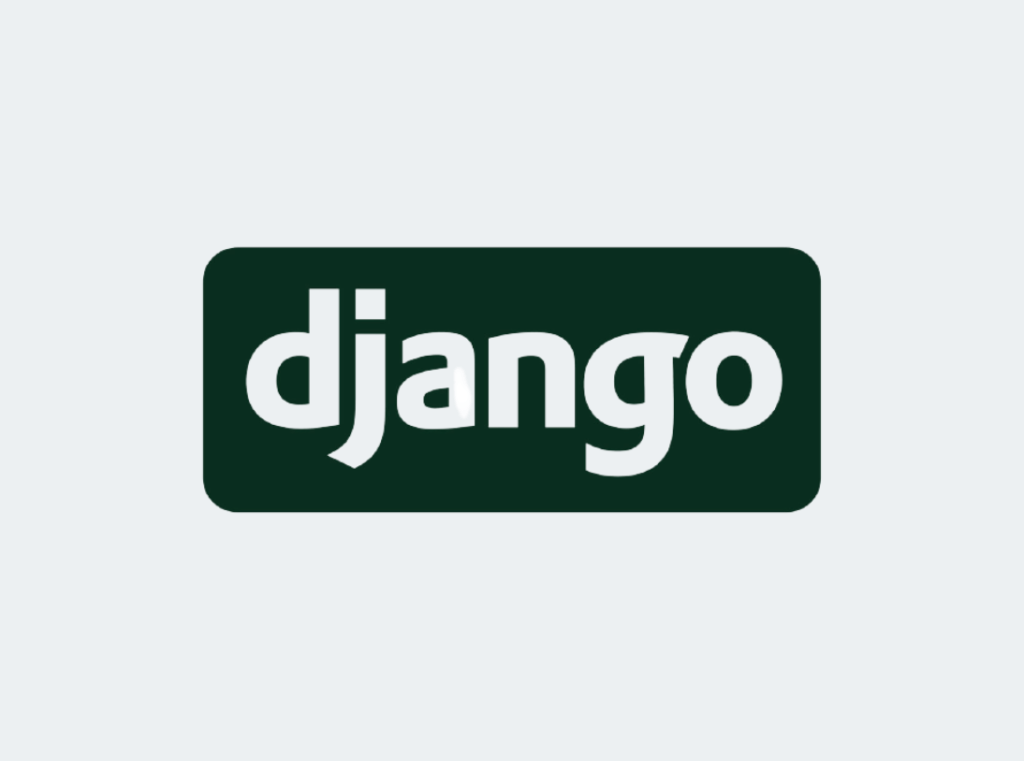Django Framework

Django framework is a powerful and high-level Python web framework designed for rapid development and clean, pragmatic design. This comprehensive course focuses on building dynamic, secure, and scalable web applications using Django’s robust features and tools. The course covers key concepts like Model-View-Template (MVT) architecture, database integration with Django ORM, URL routing, form handling, and user authentication. Advanced topics include RESTful APIs, deployment, and best practices for building efficient and maintainable web applications. By the end of the course, learners will be able to design and develop professional-grade web applications, combining elegant front-end interfaces with strong back-end systems, making them industry-ready Django developers.
Course Content
Django
1. Introduction to Web Development
2. Introduction to Django
3. Django Models
4. Django Views and Templates
5. Django Forms
6. User Authentication
7. Django Middleware and Django Rest Framework
8. Django ORM (Object-Relational Mapping)
9. Django Middleware and Signals
10. Django Testing
11. Building a Django Project
12. Deployment and Hosting
13. Security Best Practices
Why we choose Code Kreations
We offer comprehensive training with guaranteed career success
100% Placement Assistance
Guaranteed job placement with internship
opportunities at leading tech companies.
Communication Skills
Comprehensive training in professional
communication and soft skills.
Technical Skills
Industry-relevant technical training with
hands-on practice.
Realtime Projects
Work on real-world projects with
industry mentors.
Office Environment
Experience real office culture and
professional work environment.
Cyber Security &
Prompt Engineering
Expert guidance in emerging technologies
with real employee mentorship.
Registration Form
Frequently Asked Questions
What is Django, and why is it so popular?
Django is a high-level web framework built in Python that simplifies the process of developing web applications.
○ It is known for its “batteries-included” approach, meaning it comes with built-in features like authentication, admin panel, and database management.
○ It follows the MVC (Model-View-Controller) pattern, making applications easier to maintain and scale.
○ Django is widely used because it supports rapid development, security, and scalability, with big companies like Instagram and Spotify using it.
What are the main features of Django?
Django offers several powerful features, including:
○ Authentication System: Built-in tools for user login and registration.
○ ORM (Object-Relational Mapping): Simplifies database operations without writing SQL queries.
○ Admin Interface: Auto-generated admin dashboard to manage app data.
○ Scalability: Handles high traffic with ease.
○ Security: Protects against common web vulnerabilities like XSS, CSRF, and SQL injection.
What can Django be used for?
Django is ideal for building:
○ Web Applications: Like e-commerce, blogs, and forums.
○ APIs: With Django REST Framework for connecting front-end and back-end systems.
○ CMS (Content Management Systems): To create custom content-driven websites.
○ Real-time Applications: Like chat systems when combined with WebSockets.
What do I need to know before learning Django?
To start learning Django, it’s helpful to have:
○ Python basics: Variables, loops, functions, and object-oriented programming (OOP).
○ Web development basics: HTML, CSS, and JavaScript for front-end integration.
○ Database knowledge: Familiarity with relational databases like MySQL or SQLite.
○ Basic terminal commands: For running Django’s tools and managing projects.
How long does it take to learn Django, and what are the learning steps?
The time needed depends on your background:
○ Basics: 1-2 months to understand Django fundamentals.
○ Intermediate: 2-4 months to build projects like blogs or e-commerce apps.
○ Advanced: 6-12 months to master topics like REST APIs, deployment, and scaling.
To learn Django:
1. Start with Python basics.
2. Understand the structure of a Django project (models, views, templates).
3. Build small projects for hands-on practice.
4. Learn deployment to host your applications online.
Still have a question?
Let me know if you want any further explanation! 😊Feel free to contact us!